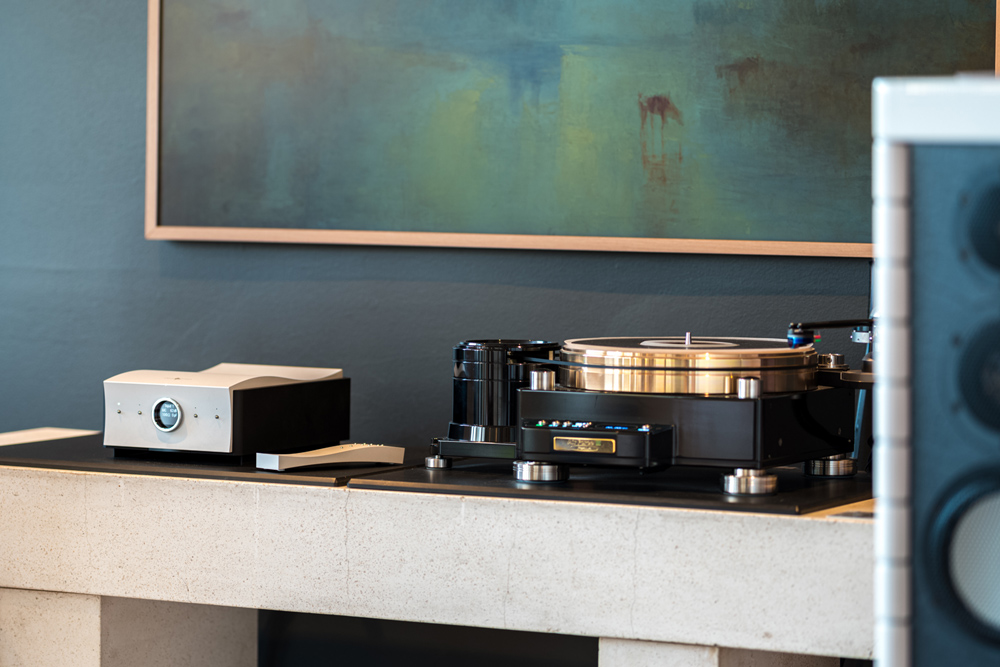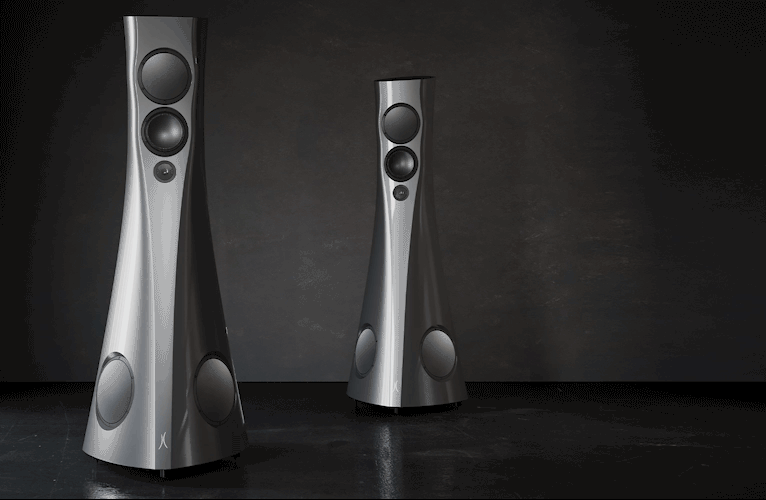The Mola Mola Lupe phono stage from the Netherlands is a godsend to the vinyl aficionado who has an interest in the black spinning disc. The thoroughly modern Mola Mola Lupe can apply its magic to vintage 78s, to legacy mono recordings and stereo records. The ability to apply specialist playback EQ curves using the Mola Mola Lupe phone app opens new sonic experiences for the listener. The Lupe is the most advanced and flexible phono stage that this reviewer has had the pleasure of using!
A Fish Called Lupe
Named after the Ocean Sunfish, Mola Mola is a Netherlands Hi-Fi manufacturer based in the city of Groningen. Mola Mola released its first product in 2013, a pre and power amplifier trio called Makua. Since then, Mola Mola have released an integrated amplifier called Kula and stand-alone devices in half sized chassis including a DAC called Tambaqui, a power amplifier called Perca and the Lupe phono stage. Mola Mola explains its design philosophy as “the idea that once you’ve removed everything that isn’t the music, what remains is the music”.
During the initial design stage of a product Mola Mola analyses each circuit to ensure it measures as predicted mathematically while carefully listening for any loss of signal purity. This continues until the design results in “something never heard before in high-end audio: amplifiers and converters whose output signal cannot be distinguished, by ear, from the input signal”.
The Mola Mola Lupe arrived in a cardboard box. Inside you’ll find an industrial style hard plastic case which carried the Lupe in bespoke foam protection. Removal of the Lupe reveals its construction. Housed in a black aluminium chassis with a slivered finished front while the top features a gentle wave shape rolling from front to back.
The Lupe gets its name from Hawaii and is named after a stingray, keeping with Mola Mola’s use of fish names. The Lupe, despite its relatively diminutive size (200mm width x 110mm high x 320mm long) packs a great deal of innovative design features and hardware. Weighing in at a shade over five kilograms, Lupe can connect up to four tonearms/turntables.
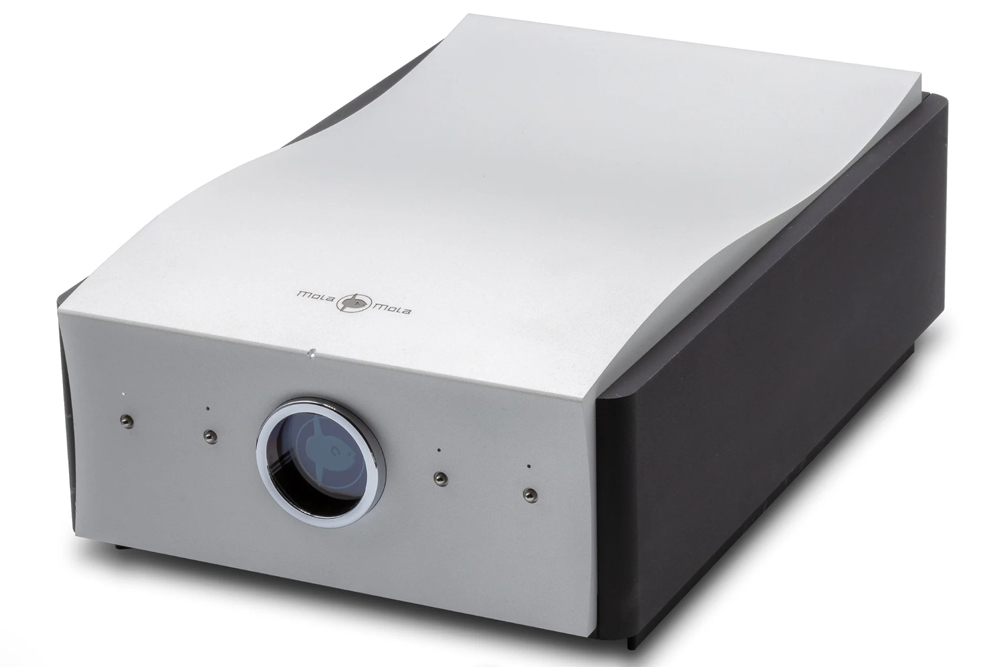
The front panel of Lupe sports a simple porthole style black and white LED display (50 mm diameter) which on start-up, pressing one of the four buttons on the front panel, or by turning on through the Bluetooth operated phone app, shows the profile of the Mola Mola Sunfish. The display then cycles to show the input selection when one of the four input buttons on the front panel is selected. The input display includes input number, Moving Magnet (MM) or Moving Coil (MC), gain selected, Invert, Mono, Mute or Subsonic filter when on, plus the impedance and loading figures selected.
The four front display buttons from left to right correspond to inputs one through to four. Inputs 1, 3 and 4 are factory configured for Moving Magnet with a gain of 45dB a load resistance of 47 kohms and a capacitance loading of 100 pF. Input 2 is set for Moving Coil with a gain of 52dB a load resistance of 250 ohms and no capacitance loading. Each preset can be tailored to a specific cartridge type MM or MC and further tailored with gain and loading and capacitance values, as well as Stereo or Mono and Muting options. These changes can be carried out ‘On the Fly’ using the Mola Mola app. These presets can then be assigned to one of the four inputs. This programmability means that a single input can have more than one preset assigned to it allowing for a large library of presets to be stored in the Lupe.
At the rear of the Lupe are the four inputs, three of which use RCA connectors, and the fourth input uses XLR balanced inputs. Three grounding posts sit adjacent to the RCA inputs. A trigger input/output via 3.5mm jack sits next to the output connections which consist of a pair of RCA and a pair of XLR balanced. An IEC mains power socket enables the end user to choose a power cord of their choice.
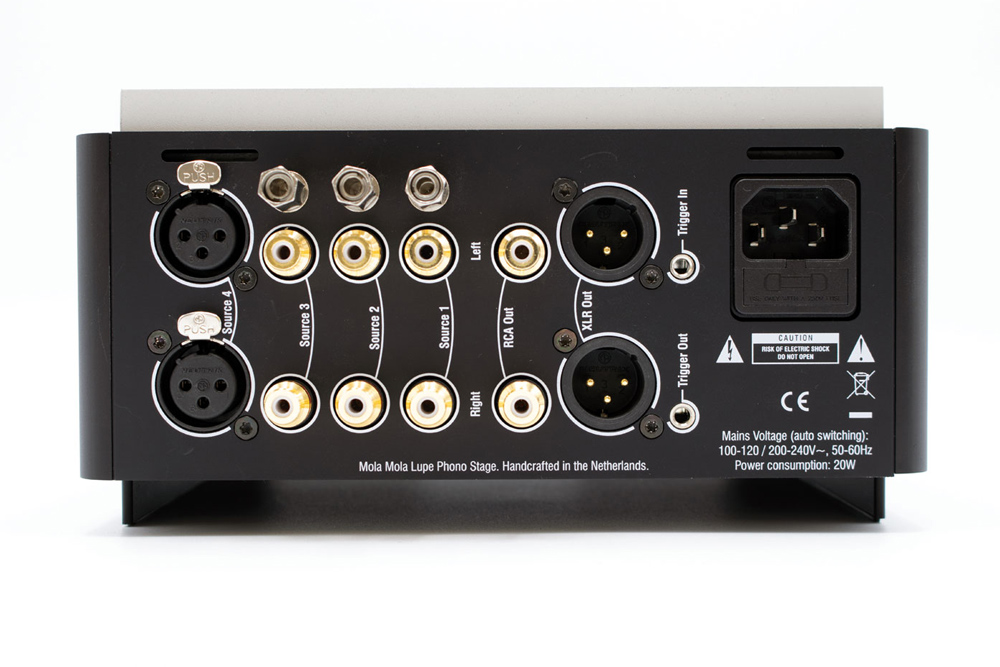
Diving deeper into the flexibility offered by the Mola Mola Lupe, tailored options are available when playing legacy 78 rpm monos that use bespoke EQ curves. Before the standardisation of the RIAA EQ curve in 1956, most record manufacturers used their own EQ curves. Available in the Mola Mola Lupe phone app is a comprehensive list of record labels (44 in total!), so the listener just needs to select the Label name on the 78 and the Lupe will use the EQ curve designed for that Label. For instance, included are Angel, Capital, Columbia and Decca Labels as well as many others. If the 78 Label is not on the list, then the EQ can be tailored by selecting Bass turn over, Treble Roll-Off, Invert left and/or right channel, Subsonic and Mono. Comprehensive instructions in the Lupe manual explain how to use the curves and what to listen out for.
Once the correct sound has been established, the preset can be set for that particular Label and retained for that chosen input. This optimising can be done while listening to the record and using the phone app, which certainly simplifies the task of setup.
Display brightness on the front of the Lupe can be adjusted through the app and firmware updates can be checked and downloaded to Lupe via the app also.
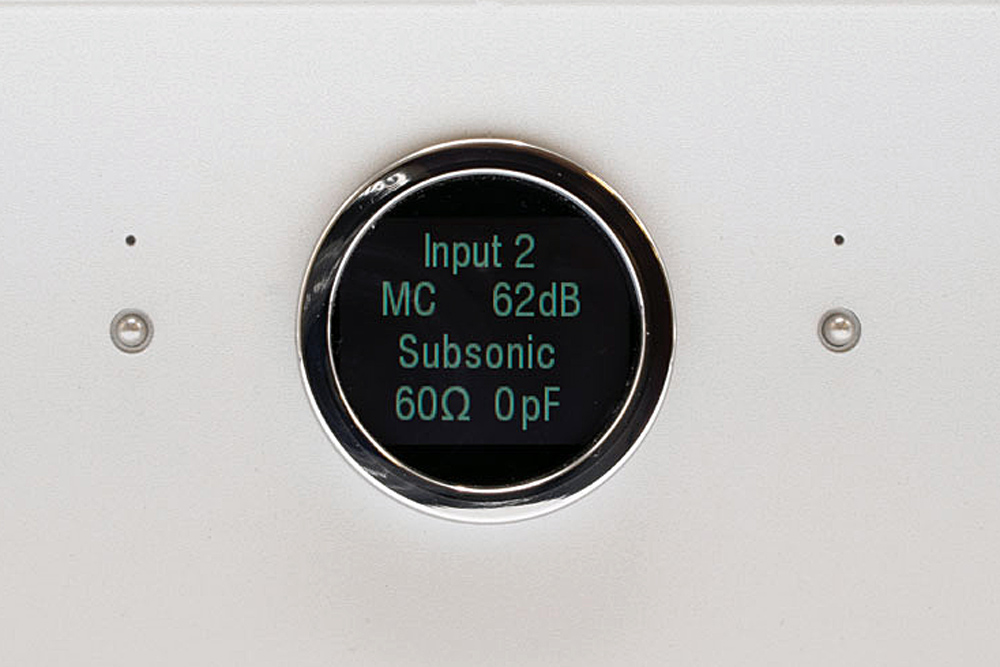
Inside the Lupe, careful attention has been given to the screening of its power supply. As mentioned above, Lupe carries two independently separate phono stages one for MM and one for MC. Mola Mola has designed the separate stages so that changes to parameters are more easily carried out and signal paths can be kept as short as possible. The use of discrete op-amp modules facilitates gain changes in 5dB increments over a 40dB range. A Bluetooth module allows for connection to the Mola Mola Lupe phone app. Mola Mola explains that despite being digitally controlled via the app, all switching is done in the analogue realm. Mola Mola quotes the Lupe’s Total Harmonic Distortion (THD) and Inter-Modulation Distortion (IMD) as “not measurable”. RIAA conformance is +/- 0.1dB.
Now, connecting to the Lupe is straight forward and I chose to connect three turntables in total. Connecting to the three RCA inputs, Input 1 received the signal from a 1980s Kiseki Blue MC cartridge mounted on a Vertere SG1 tonearm onboard a Technics SP10 MK3 turntable. Input 2 accepted the signal from either a Miyajima Kotetu Mono MC cartridge mounted on an SME V tonearm or an Ortofon 2M 78 rpm MM cartridge mounted on an SME 3009 S2 tonearm. Spinning the discs a Technics SP10 MK2. Input 3 received signals from a Soundsmith Paua Moving Iron cartridge mounted to a Soline ZA1 tonearm and a Thorens TD124 MK1 turntable.
I started with the old school Kiseki which has a low internal impedance of 4 ohms and an output of 0.4mV. Opening the Mola Mola Lupe app to the Preset 1 page, the following settings were applied.
Source input: Input1. Output: RCA. Phono element: Moving Coil. Load resistance: 60 ohms. Load capacitance: 0 pF. Gain: 57dB. Equalisation: RIAA.
Soaring Through Deepest Oceans
Listening began with 1970s hit makers Electric Light Orchestra and their album ELO’s Greatest Hits from 1979. The FM radio hit “Living Thing” was a far cry from hearing it on crappy transistor radio back in the day, with a rather lush and full violin solo opening to the song. The track was rendered clearly through the Lupe, with instrumentation sounding full and detailed with plenty of pace. Jeff Lynne’s vocals were easy to follow such was the clarity of the recording, the backing singers and the orchestra had precise positions within the tall and wide soundstage. Cellos sounded full of energy and life during the song’s finale.
Having the Lupe phone app makes it so easy to adjust the sound to suit the acoustics of the listening room and the equipment being used. I increased the load resistance to 100 ohms which opened the sound just that little bit more and added extra space around the instruments. Adding a little more gain at 62dB seemed to add more life and energy to the song. The instant response of the Lupe to changes via the app means the listener can quickly hear differences and improvements to the sound. As adjustments are made to the Lupe settings you can hear relays clicking inside the phono stage.
Next on the platter was a recording from the RCA Victor Label, Tchaikovsky’s Symphony No 6 in B minor Pathetique. This is a Living Stereo recording on the famous shaded dog label. Recorded in 1958 this still sounds fresh and exciting today, with the Boston Symphony Orchestra sounding dynamic and clear. The Lupe was able to reveal all the subtle nuances and large percussion impacts from the recording. Lupe did not draw any attention to itself, simply getting out of the way and allowing the music to swell and breathe majestically. String, brass and percussive instruments sounded clear and accurate. The flutes on the opening to the second movement were breathy and realistic over suitably etched violin strings.
During the listening, I did adjust the tracking weight on the tonearm very slightly to open up the recording even more, providing a clear and open rendition. Lupe makes any adjustments clearly audible, showing that with patience a rewarding sonic picture can be obtained. The passion and emotional feel to the music is wonderfully expressed through the Lupe leaving this listener both uplifted and exhausted by the end of the symphony.
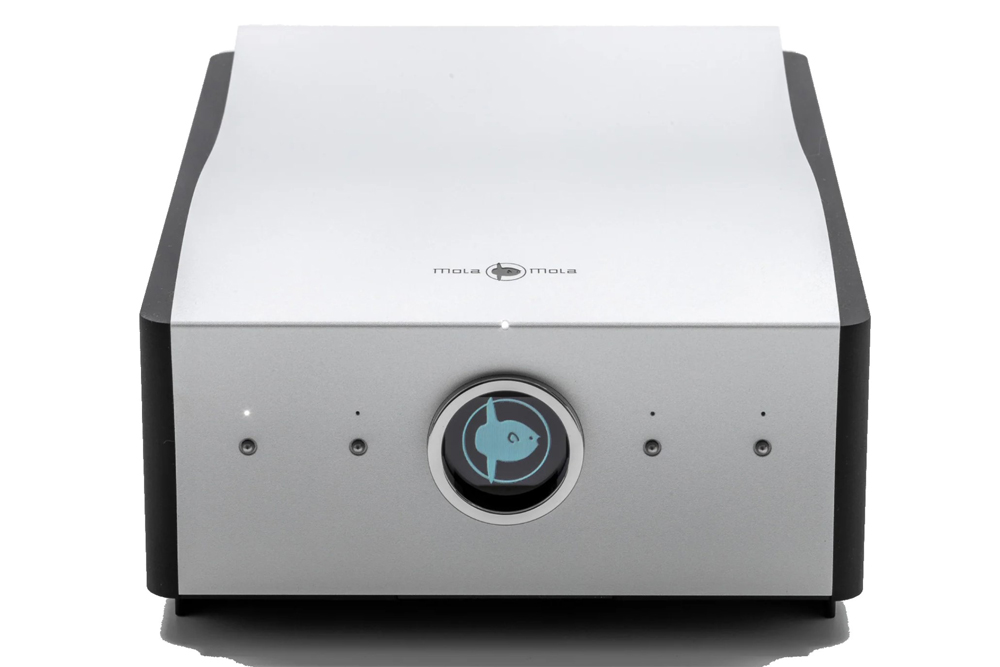
Now turning to the venerable Thorens TD124 turntable I kept the Lupe settings the same for the Soundsmith Paua cartridge as the output voltage and internal impedance settings were similar to the Kiseki Blue.
The last stereo record that I played through the Lupe was the limited release of The Cars first LP that débuted in 1978, The Cars, cut from the analogue master tapes by recording engineer Kevin Gray and released on the Rhino High Fidelity Label in 2024. The first song “Let The Good Times Roll” came across with a huge soundstage featuring bass guitar that played deep and clear, with notes sounding crisp and punchy. Synths were subtly layered in the mix with drums thundering over the top. Ric Ocasek’s vocals were well defined and showed off the singer/writer’s ability to write songs that are both sweet and menacing. This rendition is a massive step up from what I heard on the FM radio in the 80s! The next track “Here She Comes Again” is another massive radio hit for The Cars and this portrayal on the Lupe had me smiling with the jaunty uplifting melody underpinning a song about lost love…. Hand clapping and lead guitar were open and, once again, showed how the Lupe simply lets the music flow with speed and detail without adding or taking away from the sound. Absolutely fabulous recording which is deftly handled by the Mola Mola Lupe.
The second side of the eponymous The Cars record was played using an XLR balanced phono cable and the Lupe revealed why the balanced phono cable options are so well received. The noise floor dropped, and the already dynamic and brilliant recording just punched out of the speakers with more detail, air and image size. Wow I didn’t think it could get any better but like any high-end product, the Lupe provides a transparency that reveals ‘step-ups’ in the quality of the gear used higher in the chain.
Now to the next turntable combination of the Miyajima Kotetu Mono cartridge and SME V tonearm. Preset 2 was loaded with the following parameters.
Source: Input 2. Output: RCA. Phono Element: Moving Coil. Load Resistance: 60 ohms. Load Capacitance: 0 pF. Gain: 57dB. Equalisation: RIAA. Equalisation: Mono.
The first mono recording I tried was Sonny Boy Williamson’s The Real Folk Blues on the Chess Label released in 1966 and features songs recorded between 1957 and 1964 in Chicago. The track “Too Young To Die” had a wonderful Blues harmonica part which Lupe faithfully portrayed with expressive highs that were sharp and accurate without straying into stridency. Sonny Boy Williamson’s vocals came through clearly with a central image in the wide soundstage. The song had great presence, and the musicality flows wonderfully. Drums and bass guitar had great attack, with the melodic song being easy to follow. I’m always nicely surprised at how good these mono recordings sound compared to their stereo counterparts. Lupe brings out the very best in these recordings.
The next mono pressing was from Chuck Berry On Stage recorded for the Chess Label and released in 1963. These are studio recordings which have been overdubbed with audience sounds to simulate a live recording. The track “Go Go Go” had CB’s guitar playing in front of the backing band. The Mola Mola Lupe allows the listener to hear the depth in the studio recording, highlighting the great resolving power of this phono stage. “Memphis” kicked along with energy and fun. The polite clapping and cheers from the crowd does make this listener wonder if the record had a real crowd present, then perhaps they would have been a lot more raucous!
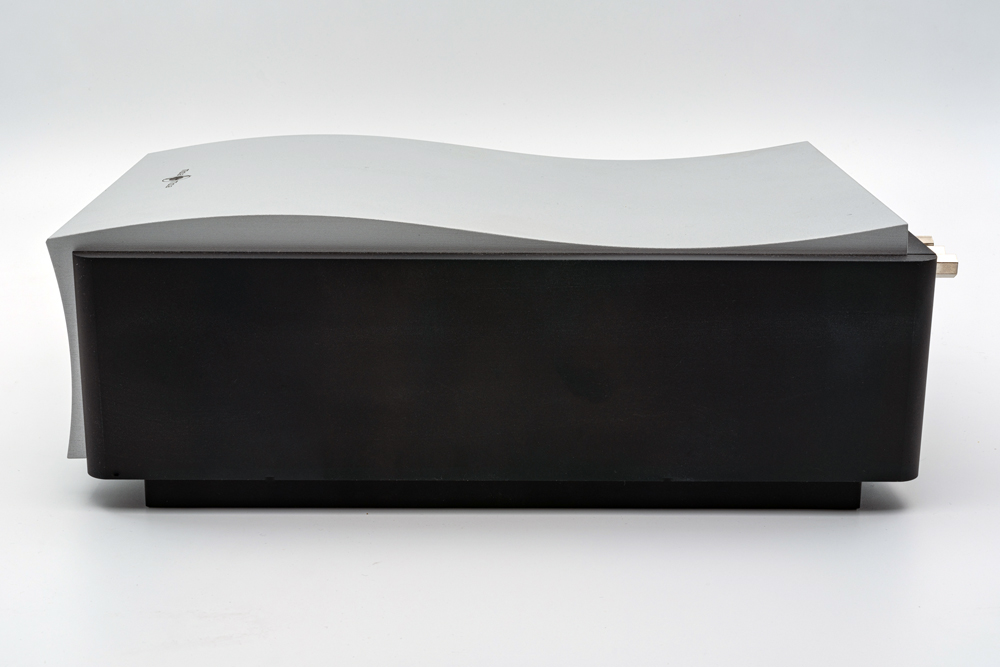
The following track “Maybelline” had the crowd hooping and screaming so perhaps the Chess engineers were aware of what CB’s crowds were really like. Berry’s guitar and vocals were more forward on this track and the size of the studio was sensed as being deeper and larger than the previous tracks. Once again, I was drawn to the great resolving ability of the Lupe on this mono recording. “Surfing Steel” is a melodic rolling instrumental that captures CB’s vibrato guitar sound and the crowd cheering the high notes of the bent strings. Cleverly done by the engineer doing the overdubbing. The piano accompanying sounded clear, and the notes had a realistic attack to them. This was a very enjoyable listen.
Next up was Welcome To My Love, the mono album from 1967 by US singer Nancy Wilson on the EMI Capital label. This particular copy was pressed in England in 1968. The opening track “The Heat Of The Night” is a great introduction to the expressive and nuanced vocal style of Nancy Wilson. Complete with a backing string orchestra the Lupe gave a clear portrayal of the simple songs which are sung with great passion and control. I am not aware of the recording equipment used during these sessions, but the Lupe reveals a liquid quality to the music that suggests valves were still in the recording chain.
Detailed, wide and full this mono recording does not show its age, or any sonic loss, compared to its stereo counterparts, such was the openness of the Mola Mola Lupe. “Angel Eyes” had Nancy Wilson’s voice rising high to the heavens reaching crescendos that never stray into screeching territory. The Lupe is a neutral and highly revealing phono stage that just allows the music that exists on the record to flow through to the speakers. Nancy Wilson’s voice was rich in harmony and subtle vocal control that really came to the fore with Lupe.
So, on to a truly legacy black disc, a 78 rpm recording, this one on the Brunswick Label from 1947 featuring the wonderful Ella Fitzgerald. Brunswick is a label offshoot from Decca, as is my understanding, so the following settings were added to the preset options on the Lupe.
Source: Input 2. Output: RCA. Phono Element: Moving Magnet. Load Resistance: 47 kohms. Load Capacitance: 220 pF. Gain: 45dB.
After opening the drop-down menu on the Lupe phone app for phono equalisation settings the Decca 78 option was chosen out of the 44 different EQ curves offered just for 78s. Tailored EQ options can be made by the user and can be kept under the preset option menu.
Now, I have listened to this 78 a few times and been impressed by the dynamics from this early recording. What changed with the use of the correct EQ curves is that Fitzgerald’s vocals lost their defuse nature and became centrally located and focused. Instruments locked into place within the soundstage. I know that as a medium the 78s can sound noisy due to the age and the shellac base material used to form the grooves, however, listening past the noise I was very surprised with how crisp and dynamic this recording sounded.
Some of you readers might just dismiss 78s as irrelevant and of such poor sound quality as to wonder why anyone would bother. Well, hearing them through the Lupe may well turn the ardent critic around! Of course, recording engineers and sound libraries would welcome the ease at which the Mola Mola Lupe can be set to any 78 record label and be happy with the knowledge that the information gathered by the Mola Mola designers for the 78 EQ data base is correct.
Conclusion
So, in 2024, it is fantastic that a high-end product like the Mola Mola Lupe has provided all the options available to hear any music on any black disc, at it’s very best. Mola Mola has added an extremely versatile phono stage to the company portfolio which covers nearly all of the cartridge types available to the market. It is a highly revealing and expressive device that is very easy to use and can store user options within the easy to use Lupe phone app.
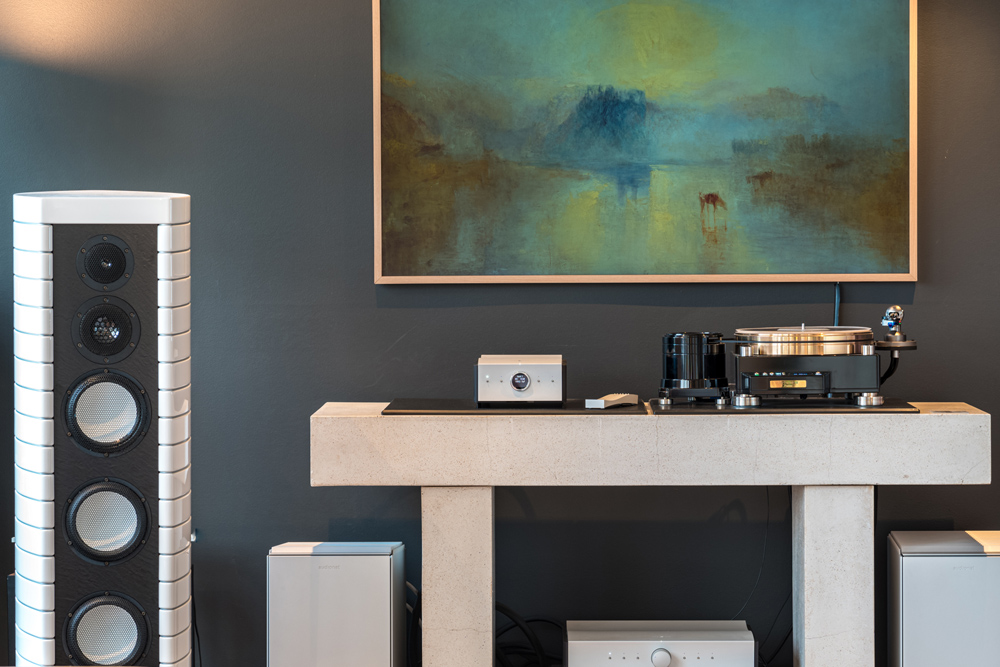
If you are looking for a high-end phono stage which can take more than one input, and if you have a variety of black discs to play, then this is the phono stage to get. I enjoyed exploring the sound of my collection through the Lupe and I adored its sound qualities, flexibility and its simplicity.
The Mola Mola Lupe is brilliantly engineered in the 21st century for an invention that started life in the 20th century. Long live the Lupe! Long live the truly musical black disc!
… Mark Busby
www.soundstageaustralia.com
Associated Equipment
- Speakers – Yamaha NS-1000M, custom 18-inch subwoofer
- Preamplifier – PS Audio BHK, Music First Audio step up transformer, EMIA two-box tube phono stage
- Amplifier – Yamaha B1, Musical Fidelity Tri-Vista 300, Leak Stereo 60, restored Leak Stereo 20
- Sources – Analogue: Technics SP10 mk3 turntable with Stax UA7 Tonearm, Garrard 410 and SME V arm, Thorens TD 124 Mk1 with Woodsong bearing, SME 3012 silver wired tonearm, Music Maker 3 moving iron & DS Audio DS-003 optical cartridges, Soundsmith Paua, Miyajima Kotetu, Kiseki Blue cartridges, Tube Sound Audio phono stage, Sansui TU-717 tuner. Digital: Marantz CD-12/DAC-12
- Cables – Vertere Pulse-C, Revelation Audio Labs
Mola Mola Lupe Phono Stage
Price: AU$A12,950
Australian Warranty: Two Years plus Additional Two Years After Registration
Australian Distributor: Pure Music Group
+61 409 504 805
www.puremusicgroup.com
Mola-Mola.nl
Kattegat 8
9723JP Groningen
The Netherlands
+31 (0) 505 264 993
www.mola-mola.nl







